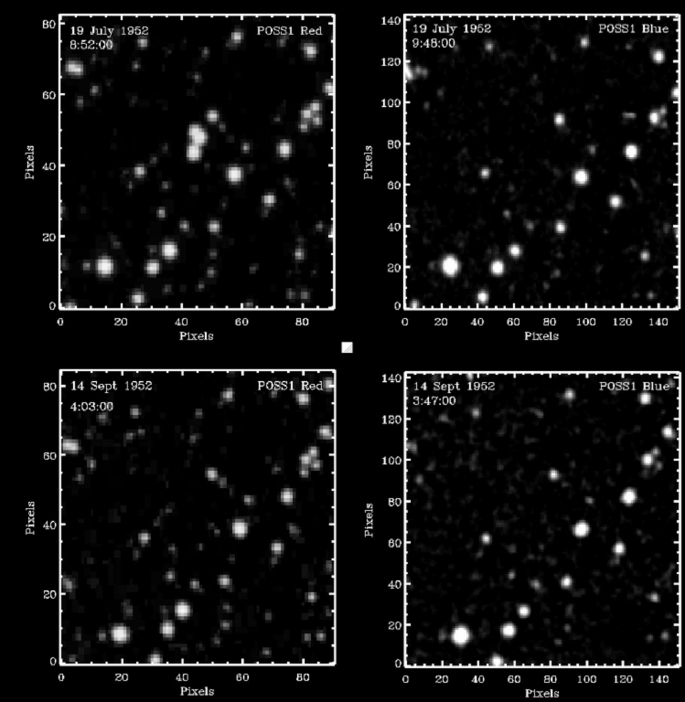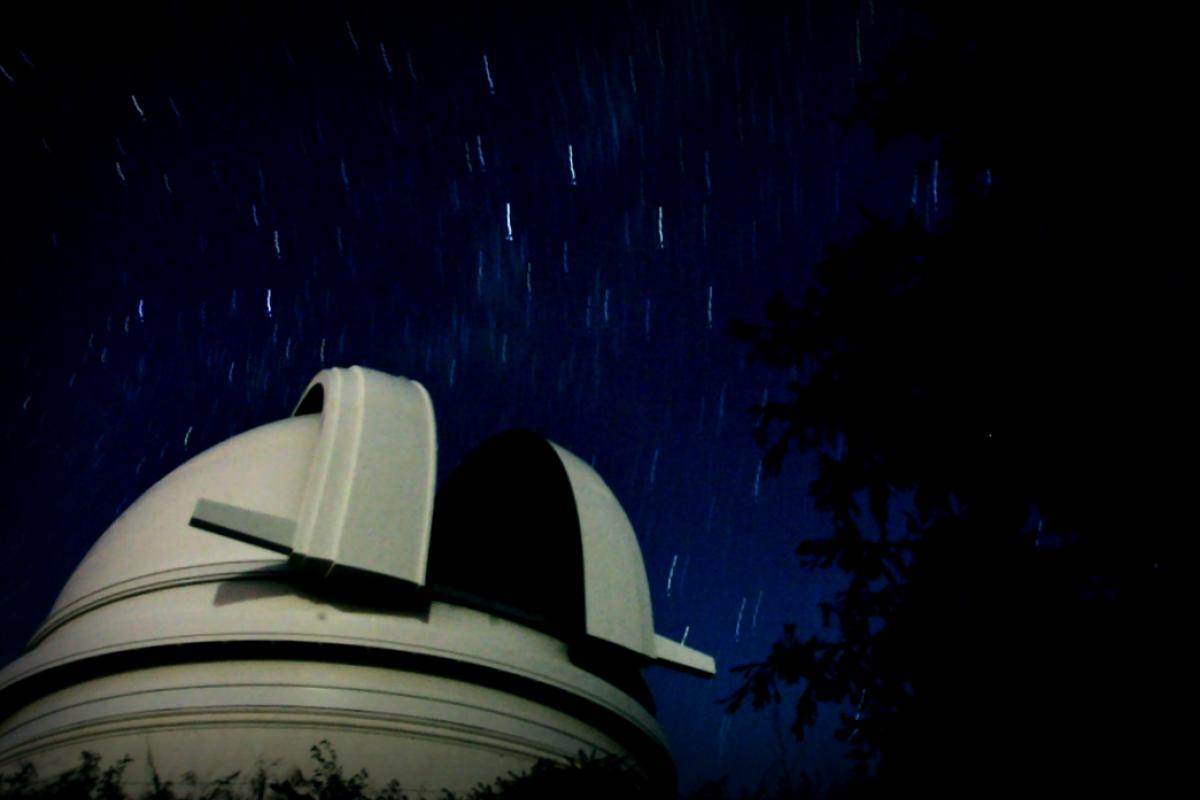Back in the 1950s, some bizarre “star-like” flashes captured in sky survey photos caught the attention of many and were often tied to UFO sightings. People saw these lights as potential evidence of alien activity.
Interestingly, the flashes lasted for a very short time—under about 50 minutes—appearing in one photo and vanishing by the time another picture was taken of the same area.
Different theories floated around, ranging from random asteroids to the elusive unidentified anomalous phenomena (UAP), which is basically a fancy term for UFOs. But researchers have finally made a strong connection between these brief luminous events and above-ground nuclear weapons testing.

A recent study, shared in the journal Scientific Reports, examined historical photos from the Palomar Observatory Sky Survey (POSS-I) that were taken from 1949 to 1957, right before the first satellite, Sputnik, went up.
The photos from this survey showed a number of mysterious bright spots, which either faded away completely or just blinked briefly in the sky.
The researchers built a huge dataset that covers 2,718 days and compared when these flash sightings occurred to the dates of nuclear tests and UAP reports.
What they found was fascinating: these mysterious flashes were 45% more likely to pop up on the same day or within a day of a nuclear test. They noted, “Results revealed significant associations between nuclear testing and observed transients.”
As the researchers pointed out, between 1951 and the Sputnik launch in 1957, there were at least 124 above-ground nuclear tests conducted by the United States, the Soviet Union, and Great Britain.
Even more interesting is the rise in recorded transient flashes correlating with independent UFO sighting accounts. For each additional UFO sighting, the transient activity increased by over 8%!
The findings lay more groundwork supporting the reality of the UAP phenomenon and its possible ties to nuclear testing, delivering data that goes beyond just personal observations.
While the study doesn’t pinpoint the exact cause of these sky flashes or clarify what UFOs really are, it does solidify the link between them and nuclear blast testing, helping to eliminate some misconceptions.
For instance, the connection to nuclear tests suggests these flashing lights are unlikely to be defects from the photographic plates.
Since the flashes usually appear a day after nuclear explosions, they are also unlikely to be debris from detonated bombs, which typically manifest right after an explosion.
Ultimately, the study hints at meaningful patterns connecting these transient flashes to nuclear activity and UAP reports. Some previously unknown atmospheric phenomena may have been triggered by nuclear blasts or related fallout, acting as a potential source for UAP reports, the researchers concluded.
The Independent stands out as a uniquely open-minded news source, providing thoughtful global news, analysis, and commentary for those who appreciate independent thought. Our growing community values the authenticity of our reporting and champions positive change.





















